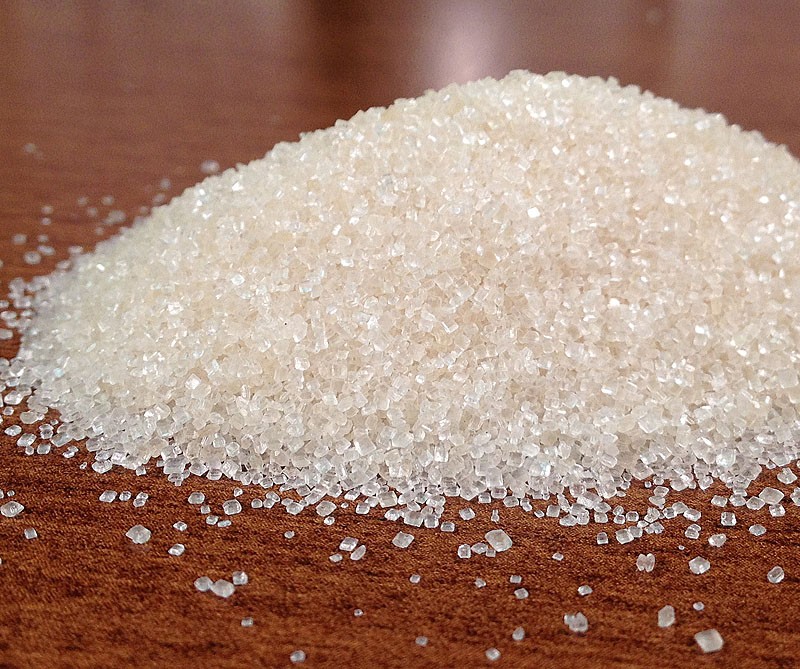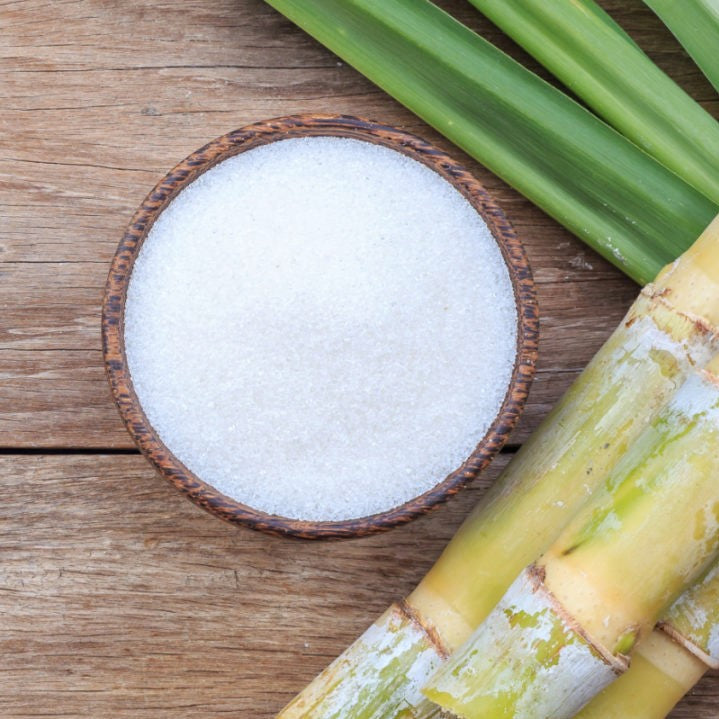The Scientific Research Behind Cane Sugar Processing: Just How Sweetness is Improved
The Scientific Research Behind Cane Sugar Processing: Just How Sweetness is Improved
Blog Article
Comprehending the Crucial Techniques and Technologies Used in Modern Walking Stick Sugar Processing
The advancement of cane sugar handling has actually been significantly shaped by the combination of advanced techniques and modern technologies that attend to both performance and sustainability. As we explore these vital improvements, it ends up being vital to check out exactly how they not only enhance manufacturing but likewise straighten with wider sector patterns and consumer demands, elevating concerns regarding the future of sugar handling and its ramifications for international markets.
Historic Context of Walking Stick Sugar Processing
The historic context of cane sugar processing reveals a rich tapestry of farming development and social exchange that has formed its advancement over centuries. Coming From in Southeast Asia, sugarcane was cultivated as early as 8000 BCE - Cane Sugar Processing. The process of drawing out and fine-tuning sugar got momentum in India, where methods for condensation were developed around the 6th century. This knowledge passed through to the Middle East, and by the 12th century, sugar became a valued product in Europe, causing the establishment of sugar ranches in the Mediterranean.

Advanced Extraction Techniques
Performance in walking stick sugar removal has seen considerable improvements, driven by the need for higher returns and lower production prices. Traditional approaches have actually developed, giving way to ingenious innovations that boost the effectiveness of the extraction process. One noteworthy innovation is the use of enzyme-assisted removal, wherein certain enzymes break down cell wall surfaces and launch even more sucrose from the walking cane fibers. This method not only raises sugar yield yet also minimizes the power needed for processing.
Additionally, the adoption of membrane filtration technologies, such as nanofiltration and turn around osmosis, has changed the splitting up of sugar from impurities. These techniques enable the selective permeation of sugar molecules while preserving bigger contaminants, streamlining the extraction procedure and decreasing waste.
Additionally, the combination of constant extraction systems has brought about improved functional effectiveness. Cane Sugar Processing. These systems maintain a constant flow of walking cane material, ensuring ideal extraction problems and lowering downtime linked with set processing
Ingenious Refining Technologies
Refining strategies in walking cane sugar processing have gone through a transformative shift, driven by the need for higher purity and boosted product top quality. One of one of the most significant innovations is the adoption of membrane filtration technologies, such as ultrafiltration and nanofiltration. These processes effectively get rid of impurities and colorants without the demand for comprehensive chemical treatments, consequently maintaining the sugar's natural taste and improving its allure.
An additional considerable development is using ion exchange resins, which enable discerning removal of undesirable ions from sugar solutions. This innovation not only increases the general purity of the last item yet likewise adds to minimized waste and environmental impact.
Furthermore, developments in adsorption strategies, utilizing triggered address carbon and other advanced materials, have verified effective in decolorizing sugar services while preserving optimal high quality. The combination of these cutting-edge refining modern technologies makes certain that makers can generate refined sugar with remarkable top article clearness and preference, fulfilling the developing preferences of consumers.
Automation and Control Equipment
Current innovations in refining technologies have actually led the way for significant improvements in automation and control systems within walking stick sugar handling centers. These systems utilize sophisticated software application and hardware to improve operational efficiency, lower human mistake, and make sure consistent product quality.
Modern automation incorporates different parts, consisting of sensing units, actuators, and programmable reasoning controllers (PLCs), making it possible for real-time surveillance and control of vital processes. As an example, flow, pressure, and temperature prices can be exactly managed throughout extraction, information, and crystallization stages, optimizing efficiency and decreasing waste.
Moreover, progressed data analytics and artificial intelligence algorithms play a critical function in anticipating maintenance, allowing operators to expect equipment failures before they take place. This positive approach not just minimizes downtime yet additionally prolongs the life-span of machinery.
Additionally, automation helps with the execution of Sector 4.0 concepts, encouraging sugar mills to attain better connection and data exchange throughout processes. As an outcome, decision-making comes to be even more informed and agile, inevitably improving the general competition of cane sugar manufacturing. With these improvements, the sector is well-positioned to meet expanding worldwide demands while preserving operational quality.
Sustainability Practices in Sugar Manufacturing
Sustainability techniques in sugar production have actually come to be increasingly crucial as the industry looks for to balance financial stability with ecological obligation. As consumer awareness expands relating to the ecological impacts of agricultural practices, sugar producers are taking on cutting-edge methods to minimize their environmental impact.
One considerable strategy is the execution of precision farming strategies, which make use of data analytics to optimize source use, such as water and fertilizers. This minimizes waste and lessens the effect on neighborhood ecosystems. Furthermore, many producers are transitioning to sustainable power sources, such as biomass from sugarcane by-products, to power their procedures, consequently decreasing dependence on nonrenewable fuel sources.
Water monitoring methods are additionally important; rainwater harvesting and effective irrigation systems aid alleviate water deficiency concerns. Cane Sugar Processing. Additionally, incorporated pest monitoring methods minimize chemical usage, advertising biodiversity and dirt health
Corporate social obligation efforts are arising, with business investing in regional communities and making certain fair labor methods. By welcoming these sustainability practices, the sugar market not just boosts its online reputation however likewise adds to a much more sustainable farming landscape, leading the method for future generations.

Conclusion
In summary, contemporary cane sugar processing incorporates a variety of sophisticated techniques and technologies that dramatically enhance yield, sustainability, and effectiveness. The adoption of cutting-edge removal and refining techniques, find out alongside automation and control systems, facilitates improved functional performance and product quality. Additionally, the focus on lasting practices underscores a commitment to lessening environmental influence and promoting honest production. Jointly, these advancements position the walking stick sugar sector to satisfy contemporary demands while resolving crucial global difficulties.
The evolution of walking cane sugar processing has been dramatically formed by the assimilation of advanced strategies and technologies that attend to both efficiency and sustainability.The historical context of walking stick sugar handling discloses a rich tapestry of agricultural development and cultural exchange that has shaped its development over centuries. Developments in milling and refining emerged, laying the foundation for modern-day walking cane sugar processing.Refining methods in walking stick sugar handling have actually undertaken a transformative shift, driven by the demand for higher purity and boosted product high quality.In summary, modern-day walking cane sugar processing integrates a variety of innovative techniques and technologies that considerably boost return, performance, and sustainability.
Report this page